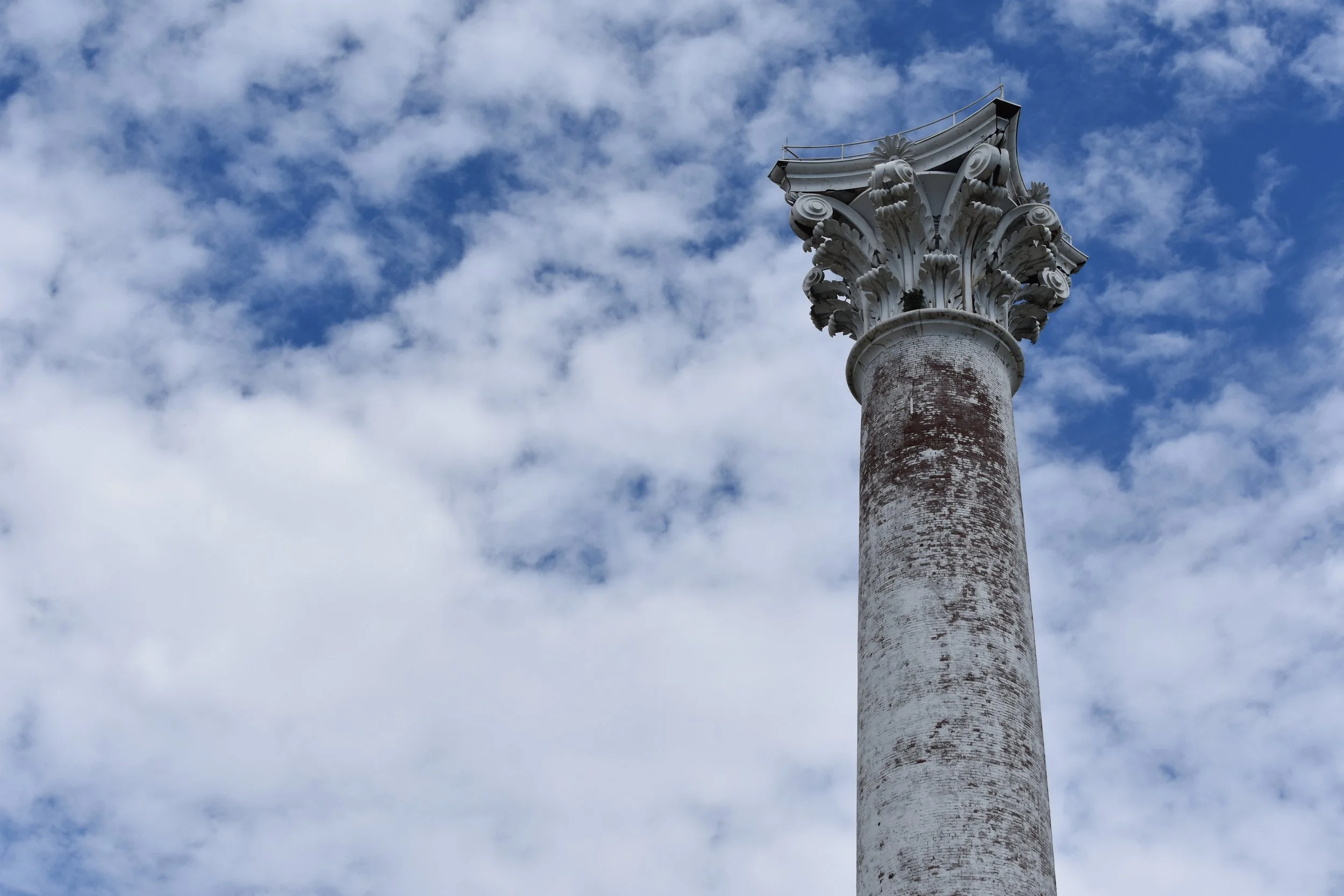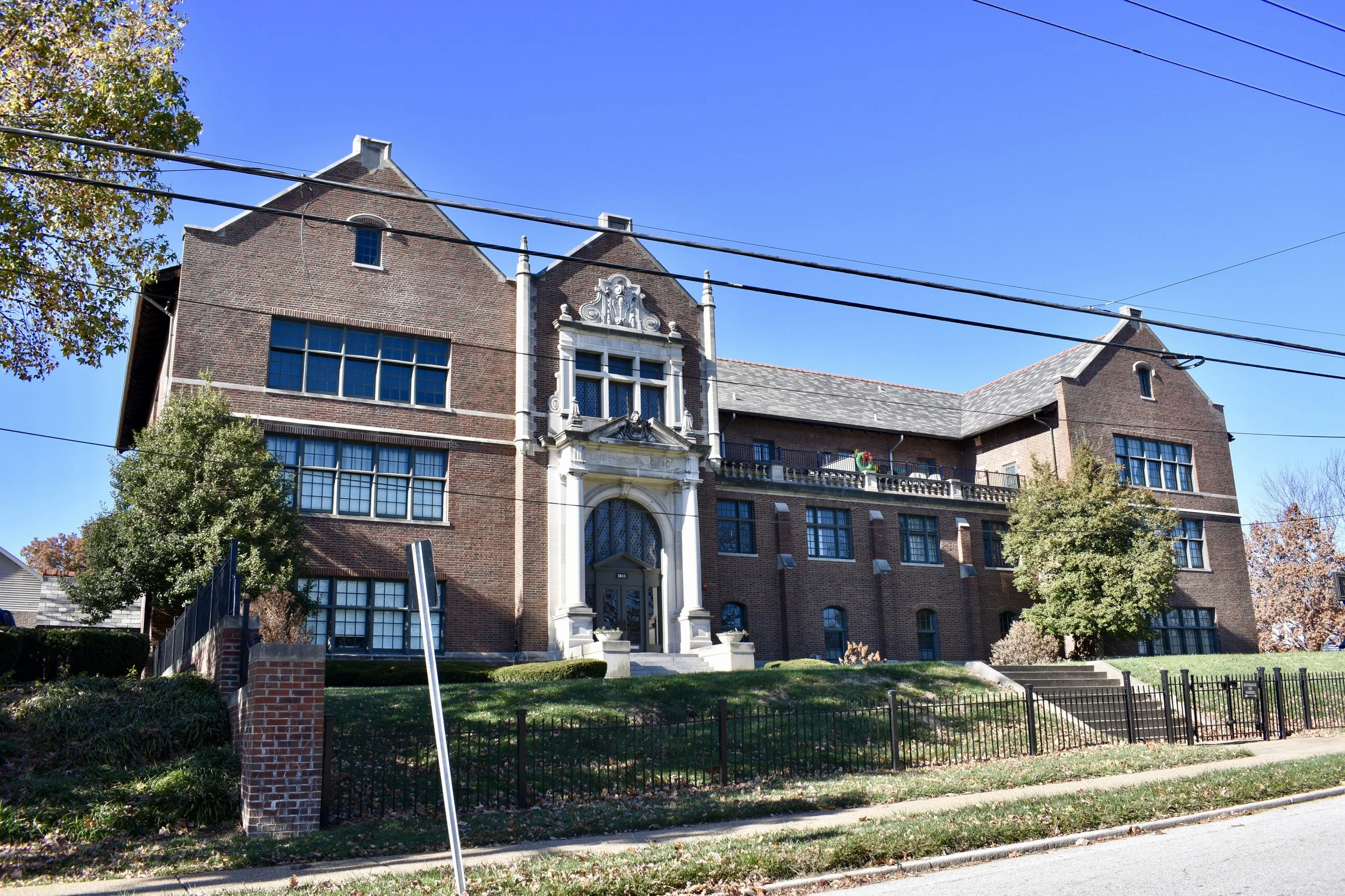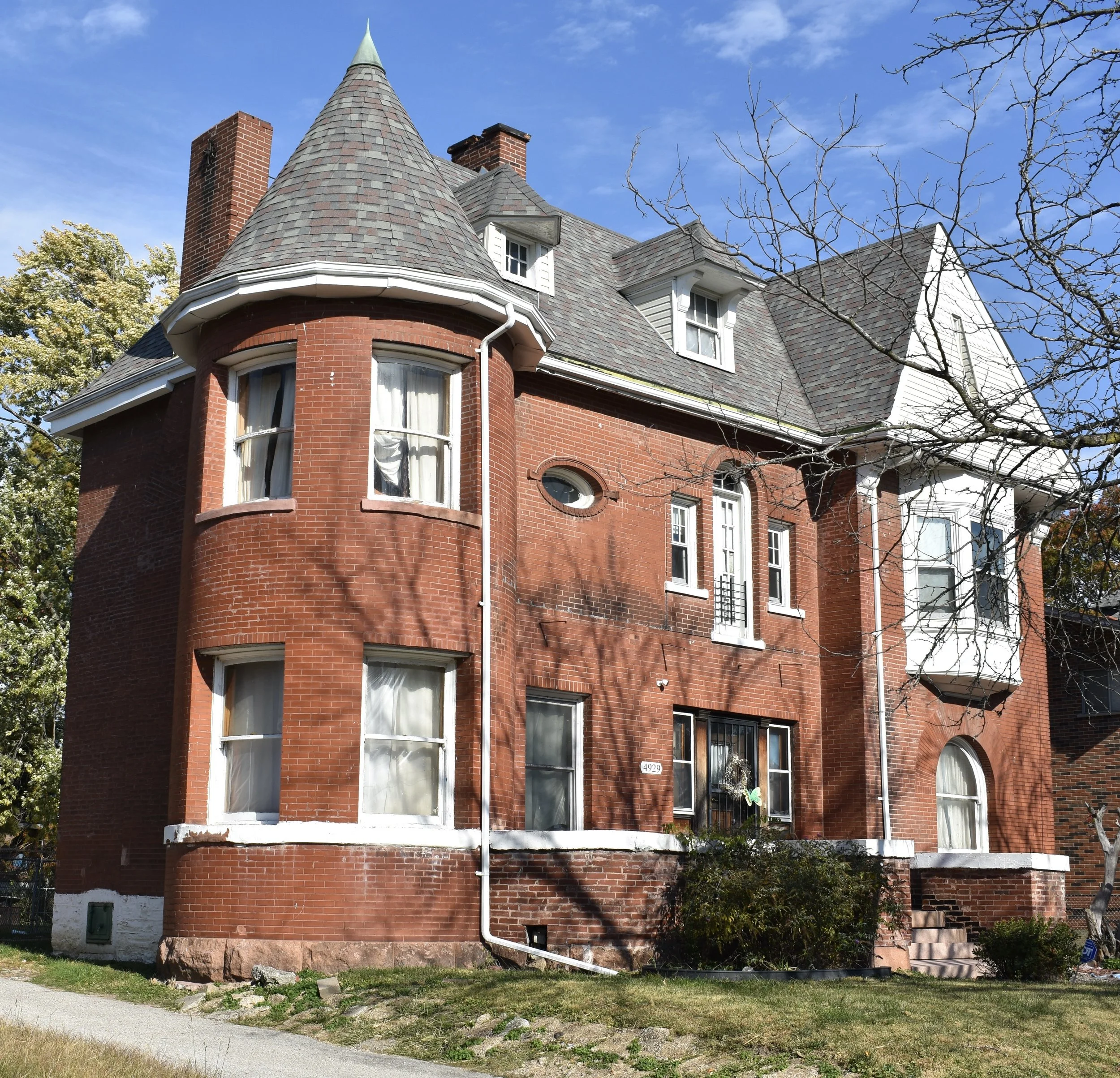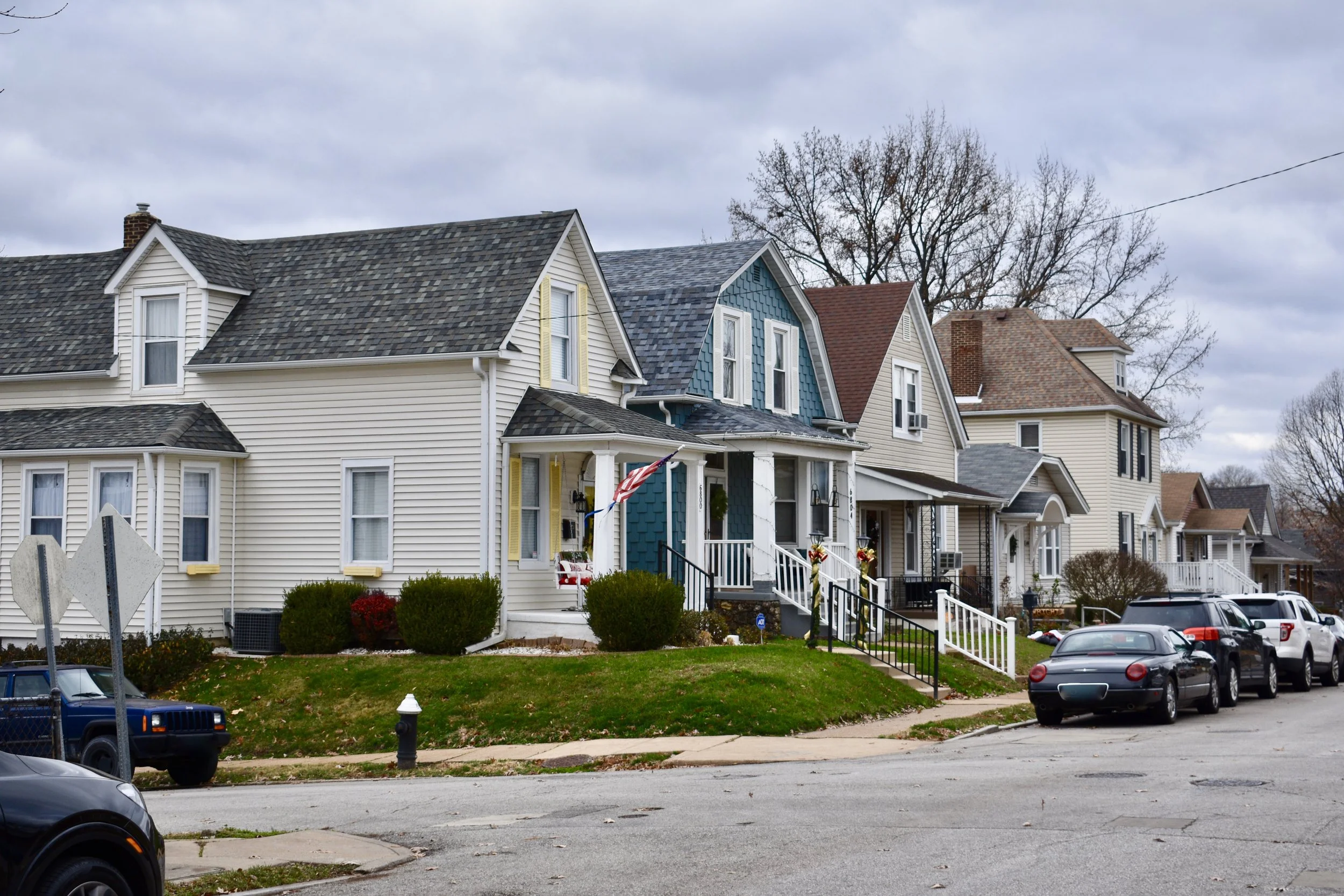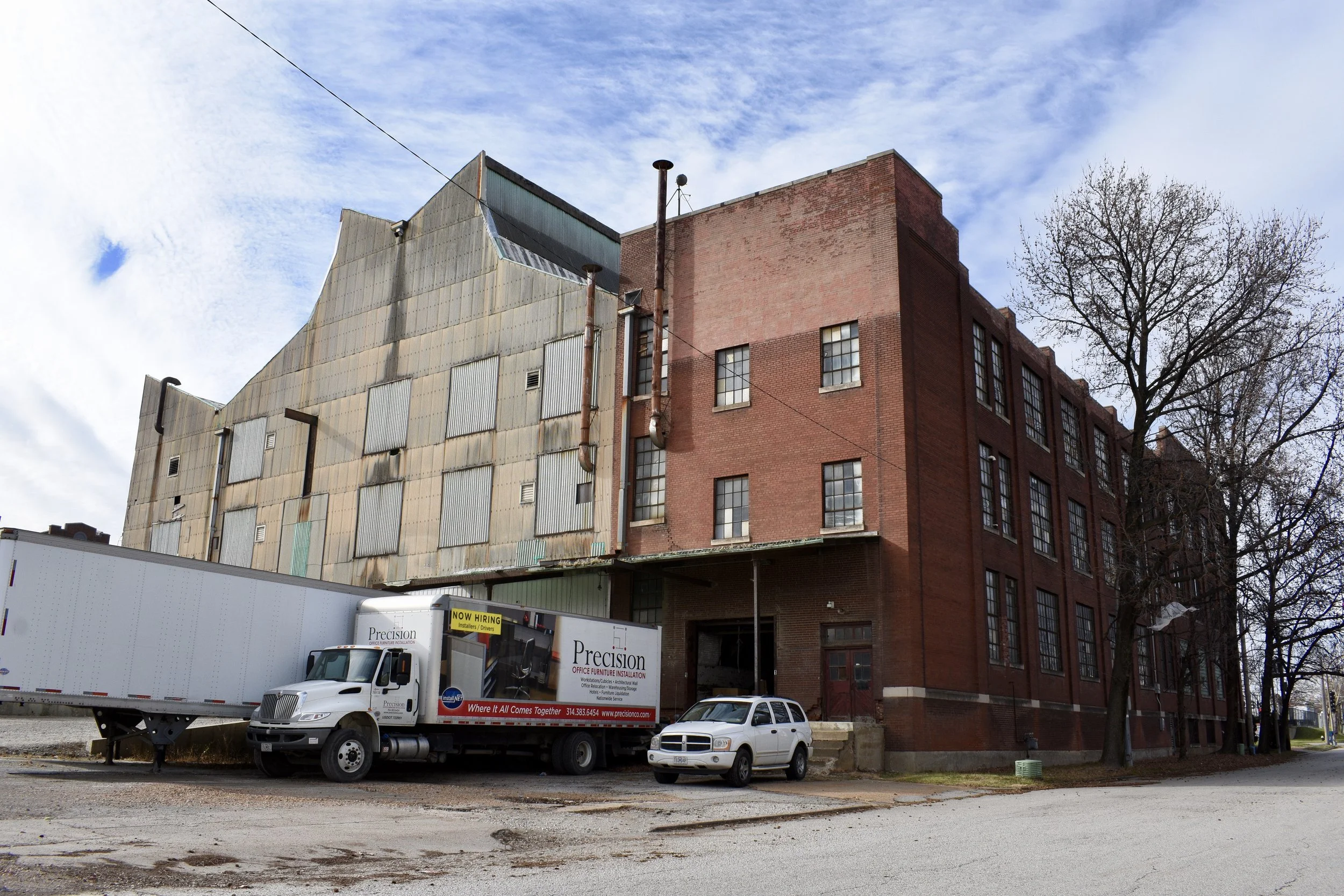St. Louis seems to have a weak mayoral political structure. The Board of Aldermen seem to call most of the shots and aldermanic courtesy is alive and well (i.e. you stay outta my business, I'll stay outta yours). I'm sure this has some positives, but I'd prefer the thought of a strong mayor with some chutzpah and a 2 party system with Republicans running against Democrats, at a minimum; or better yet, independents or 3rd party candidates running for office. I don't like the idea of completely getting rid of party affiliation, as I think a 2 party system at least gives the voters 2 chances to unseat the incumbent (first in a primary, and then in the general election).
But let's face it, there aren't many Republicans running for city offices in St. Louis, it's a one horse race in many wards. To the best of my knowledge, there's only one Republican on the entire BOA (Fred Heitert in the 12th ward).
We haven't had a Republican mayor since 1949. The downfall of the city's population started right around that time and was owned by the Democrats ever since then. Now, I'm not so naive as to believe the political affiliation of the mayor is why we lost over 1/2 our population in 50 years; but maybe we're due for a change of party/uni-party structure. I'd like to vote for a mayor in the coming years with some vision. Someone that can appeal to my fiscal conservative leanings (don't give money away to projects and people that don't give back, or build toward a stable future); yet, intimately in tune with what city living means to those that have chosen to live here in the darkest times, and would consider St. Louis as their home or business location in the near future. A candidate who can lead/influence changes to zoning, crime, racism on the north side, south and city hall, nepotism, historic tax credits, long range planning, cleaning up the crappiest neighborhoods in the city. I wish we had a candidate who would call out the public schools that give STL a bad reputation and why and know which schools are actually performing well, and why and speak to the fact that the system isn't completely broken, but some bad apples need to be tossed out and replaced.
There are a couple things I've seen in my days that have transformed St. Louis as a region. The Great Rivers Greenway River Ring and historic tax credits immediately come to mind. These are two voter/politician initiatives that make complete sense to me on all levels. How can you argue against these?
I wish we had a mayor that was a prominent voice for change in the same vein as the above mentions. A strong personality with a powerful agenda to get this city headed in the right direction. In my days in St. Louis, we've had Freeman Bosley Jr., Clarence Harmon and Francis Slay....all 3 St. Louis bred politicians. Our history of mayors indicates a strong tendency toward insiders and locals.
I'd like to see some fresh blood, an outsider's perspective, and outside looking in take. Someone with the energy and blind optimism of the promise of the city could go a long way in changing hearts and minds on the region. I think our history of negativity since the post-1950's really drags us down. I feel a sense of "can't-do" in a lot of the old timers and long time residents' speak. I don't feel this as much in the fresh blood.
In our long history, we've had 45 mayors: 21 Democrats, 13 Republicans, 6 Whigs, 3 Independents and 2 Know-Nothings (huh?):
The Know-Nothing movement was a nativistAmerican political movement of the 1840s and 1850s. It was empowered by popular fears that the country was being overwhelmed by German and Irish Catholicimmigrants, who were often regarded as hostile to Anglo-Saxon values and controlled by the Pope in Rome. Mainly active from 1854 to 1856, it strove to curb immigration and naturalization, though its efforts met with little success. Membership was limited to Protestant males of British lineage over the age of twenty-one. There were few prominent leaders, and the largely middle-class and entirely Protestant membership fragmented over the issue of slavery. Most ended up joining the Republican Party by the time of the 1860 presidential election.[1][2]
The movement originated in New York in 1843 as the American Republican Party. It spread to other states as the Native American Party and became a national party in 1845. In 1855 it renamed itself the American Party.[3] The origin of the "Know Nothing" term was in the semi-secret organization of the party. When a member was asked about its activities, he was supposed to reply, "I know nothing." SOURCE
The French settled this town, Germans and Irish Catholics built this city, what the hell did the British do for St. Louis? I don't get the paranoia; yet, I assume it stems from the Catholic vs. Protestant thing more than the lineage thing.
Anyhow, I wish we had a mayor with some drive and vision. The 3 that I've witnessed in my time as a resident haven't provided me with the confidence that the ship has been turned in the right direction.
I think we need bold action so we can all enjoy a better St. Louis in our lifetimes.
I always kind of admired Rudy Giuliani for his ability to clean up Manhattan. Although, many New Yorkers dissed him for this very same reason. He's got his flaws, no doubt, but you have to admit, Manhattan is a pretty safe and nice place to be. Anyone who has spent some time in large swaths of north city and pockets of south city would have to admit that there are parts of St. Louis that could use a firm hand and cooperation from the Feds to get rid of negative elements in some of our worst neighborhoods. Bad guys are doing business in broad daylight in some very obvious parts of town. There are thugs, unlicensed drivers, brick thieves, copper pirates, dealers and just plain assholes being assholes in many parts of town. These people drag the entire city down in reputation and perception, etc. The cops know this, the city knows this, yet we allow it to happen. We've allowed the bad guys to win or have their way for years, and it displaces honest and decent residents while further draining these areas of hope and positivity. Don't just take my word for it, read the writing on the wall in the Ville on what some of the locals think of their stomping grounds:




